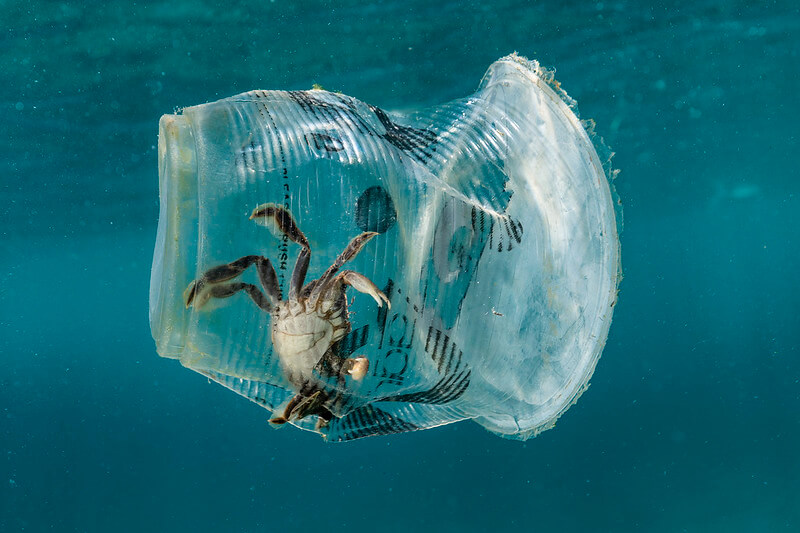When you throw plastic bags and other plastic materials in the ocean it kills as many as 1 million sea creatures annually

Throwing Plastic in the Ocean: A Silent Killer of Marine Life

Plastic pollution has become an alarming environmental concern, significantly impacting our oceans and marine life. We live in an era where convenience often takes priority over sustainability. Discarding plastic bags and other plastic materials improperly has dire consequences on our delicate marine ecosystems. One startling fact is that as many as 1 million sea creatures face an untimely death each year due to plastic pollution in our oceans.
Without a doubt, the staggering number of marine animals affected by plastic pollution is a cause for serious concern. It is our collective responsibility to understand the gravity of this issue and take immediate action to address it. A recent study, as reported by National Geographic1, highlights the alarming impact of plastic waste on marine life.
The National Geographic study substantiates that plastic waste such as bags, bottles, and other debris often find their way into the ocean. These materials not only degrade the aesthetic beauty of our oceans but also pose a significant threat to marine species. When marine animals encounter plastic debris, the consequences can be dire. They can become entangled in the plastic or mistake it for food, leading to fatal consequences.

Sea turtles, dolphins, whales, and numerous other species fall victim to plastic pollution regularly. Sea turtles, in particular, are known to ingest plastic bags, as they often resemble their natural prey such as jellyfish. The ingestion of plastics can cause internal injuries, blockages in their digestive system, and ultimately result in death. Sadly, these magnificent creatures suffer unnecessarily due to our irresponsible actions.
Plastic pollution not only impacts marine animals directly but also has a cascading effect on the entire marine ecosystem. As smaller marine organisms ingest microplastics, they enter the food chain and move up to larger predators. Ultimately, humans who consume seafood may indirectly be exposed to the toxins present in these plastics, carrying adverse health implications.
To combat the devastating impact of plastic pollution, it is crucial for individuals, communities, and governments to work together. Recycling and reducing our reliance on single-use plastics are essential steps in preserving our oceans and protecting marine life. By opting for reusable bags, investing in sustainable alternatives, and disposing of plastics responsibly, we can collectively make a significant difference.
Education plays a vital role in raising awareness about the consequences of our actions. By sharing information on the detrimental consequences of plastic pollution, we can encourage more people to adopt eco-friendly practices and contribute towards a cleaner and healthier future. Organizations like National Geographic work tirelessly to shed light on the issue of plastic pollution and champion the cause of marine conservation.
Taking inspiration from their work, it is our responsibility to be mindful of our choices and their impact on our environment. Together, we can stem the tide of plastic pollution and ensure a thriving marine ecosystem for generations to come.
Sources
- National Geographic. (n.d.). Plastic Pollution. Retrieved from https://www.nationalgeographic.com/environment/habitats/plastic-pollution/ ↩
Tags
Share
Related Posts
Quick Links
Legal Stuff

